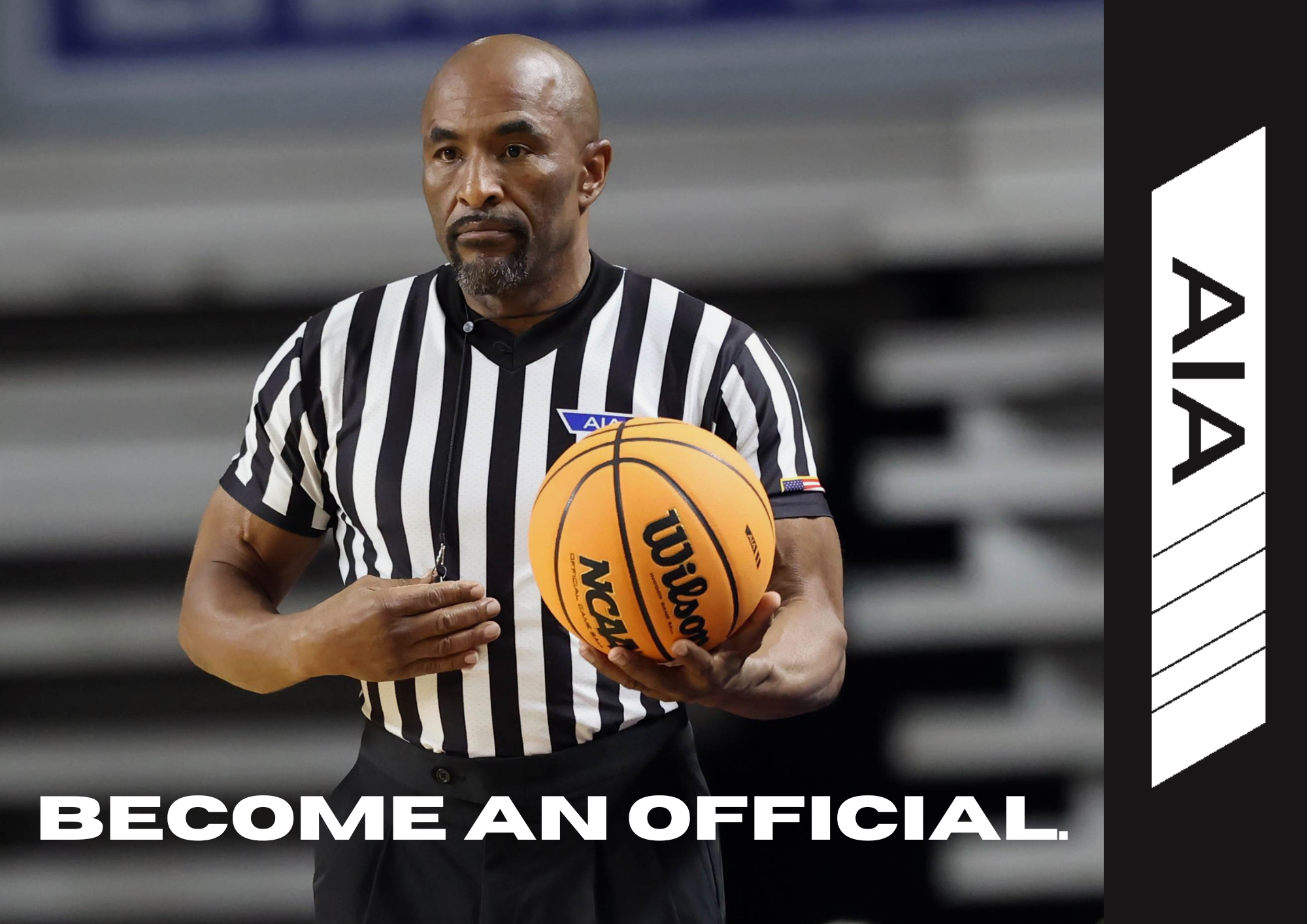Inside the Washington Rams’ recruitment efforts
December 6, 2019 by Alina Nelson, Arizona State University

The Washington Rams struggled to recruit players this season, despite head coach Tim Mayfield implementing a new recruitment strategy. Instead of waiting for players to come to him, he sought out players.
Every incoming male freshman and athlete on campus received a personalized postcard outlining reasons why they should play football: lifelong friendships, teamwork, leadership development and scholarship opportunities.
Phase two of the recruitment plan involved sending out in-depth letters about the football program to the same group of people. Various informational meetings were also held throughout the spring.
Mayfield even created commercials that played during school announcements. The commercial series consisted of around four videos that played from January until the end of the school year.
Despite Mayfield’s best efforts, the team was down 10 players from last year.
“It was frustrating because I thought our numbers would increase, but they didn’t,” Mayfield said. “Now, I will say that the commitment level of the kids that were there was increased.”
In years past, there were around 10-15 core players who were committed and attended every practice. This year, despite a decrease in roster size, that number jumped up to 22-23 players.
One of those core players was senior guard Carlos Castillo.
“I would say [football] is about talent, but at the same time it’s not,” Castillo said at the start of the season. “It’s about each day going to practice, doing the little things, like the weight room, outside, watching Hudl; just watching your assignments, doing what you can to win our games.”
Mayfield couldn’t pinpoint the exact reason why recruitment has been “an uphill battle,” but suspects that the notion that football is dangerous and parents are concerned about concussions might play a factor.
“There has been an increased concern about concussions,” head athletic trainer Jon Foster said in an email. “This has been a deterrent for football. I have heard moms say not to play football because of concussion concerns.”
Mayfield said that he has spoken with many multisport athletes who are unwilling to play football in fear of injuring themselves, since injury can keep them from playing other sports.
Foster also offered other insights as to why the team’s numbers are low. The fact that there is no Pop Warner system to introduce kids to football at an earlier age and the socioeconomic makeup of the area both play a role, he believes.
Two major components of any sport are funding and resources, and more often than not, schools from affluent areas finish the season on top.
“If you take a look at the Open Division, the Top 8 schools, you look at the social economics of those schools compared to the schools that aren’t in that,” Mayfield said. “You talk about recruiting, they have shirts, shorts, hats, gloves. They look good and so kids want to be a part of that because they look good, so that’s where money does come into play.
“I mean, forget the personal trainers and all the other stuff they have. It clearly is making a difference because those are the Top 8 schools, the best schools in the state, and they all come from well-affluent areas.”
In his efforts to fundraise, Mayfield wanted to get the community involved. Letters were sent out to 400 businesses within a 2 to 3-mile radius of the school asking if they would like to sponsor the team and have their banner displayed in the stadium.
Restaurants had the option to donate a team dinner, which is needed since 75 percent of the players on the team receive a free or reduced lunch and don’t always have a good meal for dinner, according to Mayfield.
Only two out of those 400 businesses responded saying they would support the team.
The team’s budget covers the basic necessities, such as helmets and footballs. Anything beyond that is a “wish-list item,” as Mayfield described it.
Wish-list items like shoulder pads, T-shirts, wristbands and uniforms are covered with money raised from the team’s spring and fall football fundraisers.
While the Rams may not have the funding for lavish equipment, Mayfield said the team does well with what they have.
“Our guys are buying into what we are trying to do,” Mayfield said. “I think there is an attitude or a belief system that, hey, even though I might be an underprivileged kid, I still can make it, which is great and that’s fun to coach.”


